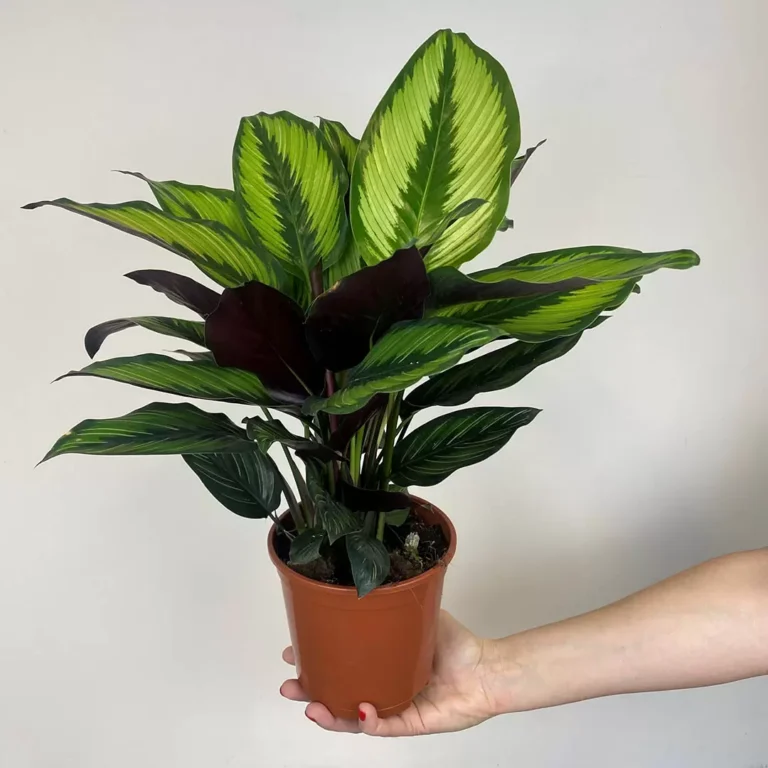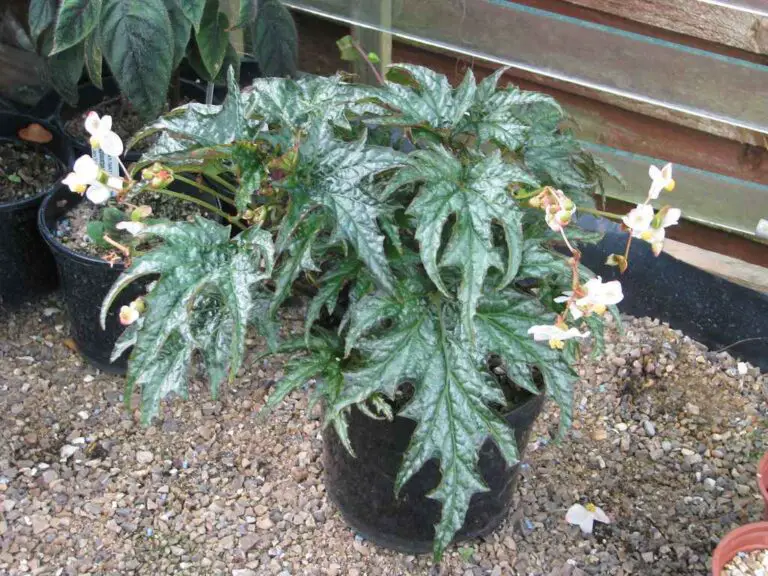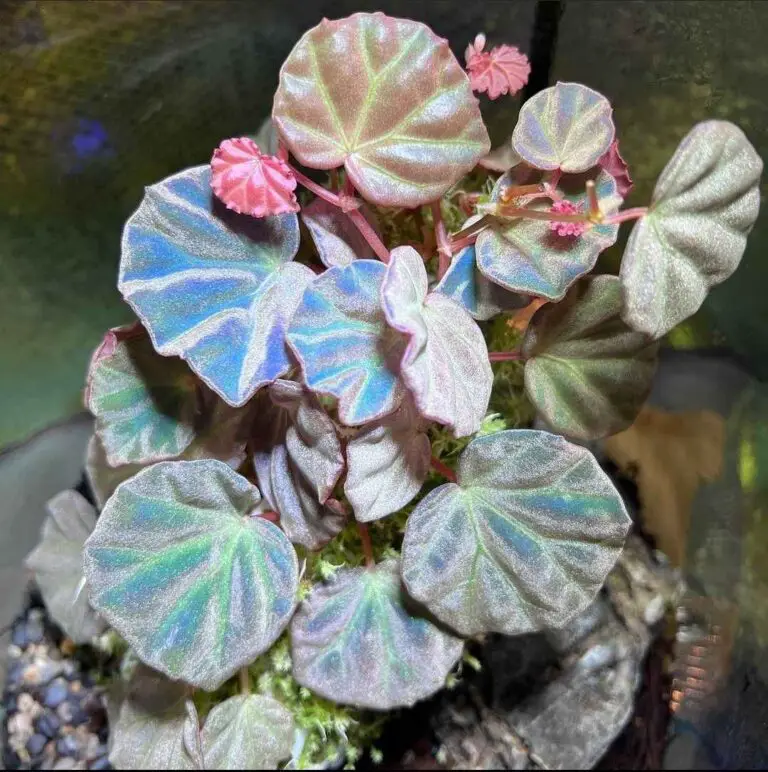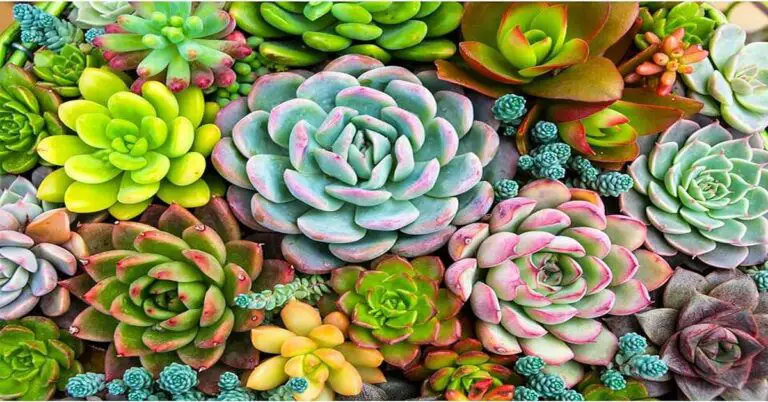The jade necklace plant (Crassula marnieriana) is a popular succulent known for its cascading stems of fleshy, jade-colored leaves. It is a relatively low-maintenance plant, making it a good choice for new plant parents. The jade necklace plant also offers a number of benefits, including:

Small Overview About Jade Necklace Plant
| Aspect | Jade Necklace Plant |
|---|---|
| Scientific name | Crassula rupestris subsp. marnieriana |
| Common name | Jade necklace plant, Buddha’s necklace, string of pearls |
| Plant type | Succulent |
| Size | Trailing plant that can reach up to 12 inches long |
| Flowers | Small, white or pink flowers that bloom in the winter |
| Light | Bright, indirect light |
| Water | Water infrequently, allowing the soil to dry out completely between waterings |
| Soil | Well-draining soil |
| Fertilizer | Fertilize once a month during the spring and summer with a balanced liquid fertilizer diluted to half strength |
| Propagation | Easy to propagate from stem cuttings |
| Benefits | Air purification, stress relief, increased productivity, aesthetic appeal |
Benefits of Growing a Jade Necklace Plant
- Air purification: The jade necklace plant can help to purify the air by removing toxins such as formaldehyde and benzene.
- Reduced stress: Studies have shown that spending time around plants can help to reduce stress and improve mood.
- Increased humidity: The jade necklace plant releases moisture into the air, which can help to increase humidity levels in dry homes.
- Aesthetic appeal: The jade necklace plant is a beautiful and unique plant that can add a touch of nature to any home.
- Low Maintenance: If you’re new to plant care, the Jade Necklace Plant is a perfect choice. It requires minimal attention and is quite forgiving if you forget to water it occasionally.
Variegated Fiddle Leaf Fig: Care And Troubleshooting
Care Tips for Your Jade Necklace Plant
Now that we’ve covered the benefits, let’s explore some essential care tips to ensure your Jade Necklace Plant thrives:
1. Lighting: Place your Jade Necklace Plant in bright, indirect sunlight. It loves natural light but should be protected from harsh, direct rays.
2. Soil: Use well-draining cactus or succulent soil. This prevents waterlogged roots and ensures your plant’s health.
3. Watering: Allow the top inch of soil to dry out before watering. Overwatering can lead to root rot, so it’s best to err on the side of underwatering.
4. Temperature: Keep your plant in a room with temperatures between 65-75°F (18-24°C). It can tolerate brief temperature drops but should be protected from frost.
5. Fertilization: Feed your Jade Necklace Plant with a balanced, water-soluble fertilizer diluted to half strength during the growing season (spring and summer). Reduce or stop feeding in the fall and winter.
6. Pruning: Prune your plant to encourage bushier growth and to remove any leggy stems.
7. Potting: Repot your Jade Necklace Plant when it outgrows its current pot. Spring is an ideal time for repotting.
Table: Common Problems and Solutions
| Problem | Solution |
|---|---|
| Yellowing leaves | Too much sunlight or overwatering. Move to a shadier spot and adjust watering frequency. |
| Dropping leaves | Dry indoor air. Increase humidity by misting the plant or using a humidity tray. |
| Brown spots on leaves | Overwatering or cold drafts. Adjust watering and protect from cold air. |
| Leggy growth | Inadequate light. Move the plant to a brighter location. |
| Pests (e.g., mealybugs) | Use a gentle insecticide or remove them manually with a soft brush or cotton swab. |
FAQs
Is jade plant a money plant?
Jade plants are often associated with wealth and prosperity in many cultures. This is likely due to their thick, fleshy leaves that resemble coins. However, there is no scientific evidence to support the claim that jade plants can bring you money.
How do you water a jade necklace plant?
Jade necklace plants are succulents, which means they store water in their leaves and stems. This allows them to tolerate dry conditions. When watering a jade necklace plant, allow the soil to dry out completely between waterings. It is better to underwater than overwater, as overwatering can lead to root rot.
Why keep jade plant in house?
Jade plants are popular houseplants for a number of reasons. They are relatively easy to care for, and they can be trained to grow in a variety of shapes and sizes. Jade plants are also thought to have a number of benefits, including:
- Air purification: Jade plants can help to purify the air by absorbing toxins such as formaldehyde and benzene.
- Stress relief: Studies have shown that interacting with plants can help to reduce stress and improve mood.
- Feng shui: In feng shui, jade plants are believed to bring good luck and prosperity.
Overall, jade plants are a beautiful and beneficial addition to any home.
Conclusion
The jade necklace plant is a beautiful and low-maintenance plant that offers a number of benefits. By following the care tips above, you can keep your jade necklace plant healthy and thriving for years to come.








Your point of view caught my eye and was very interesting. Thanks. I have a question for you.